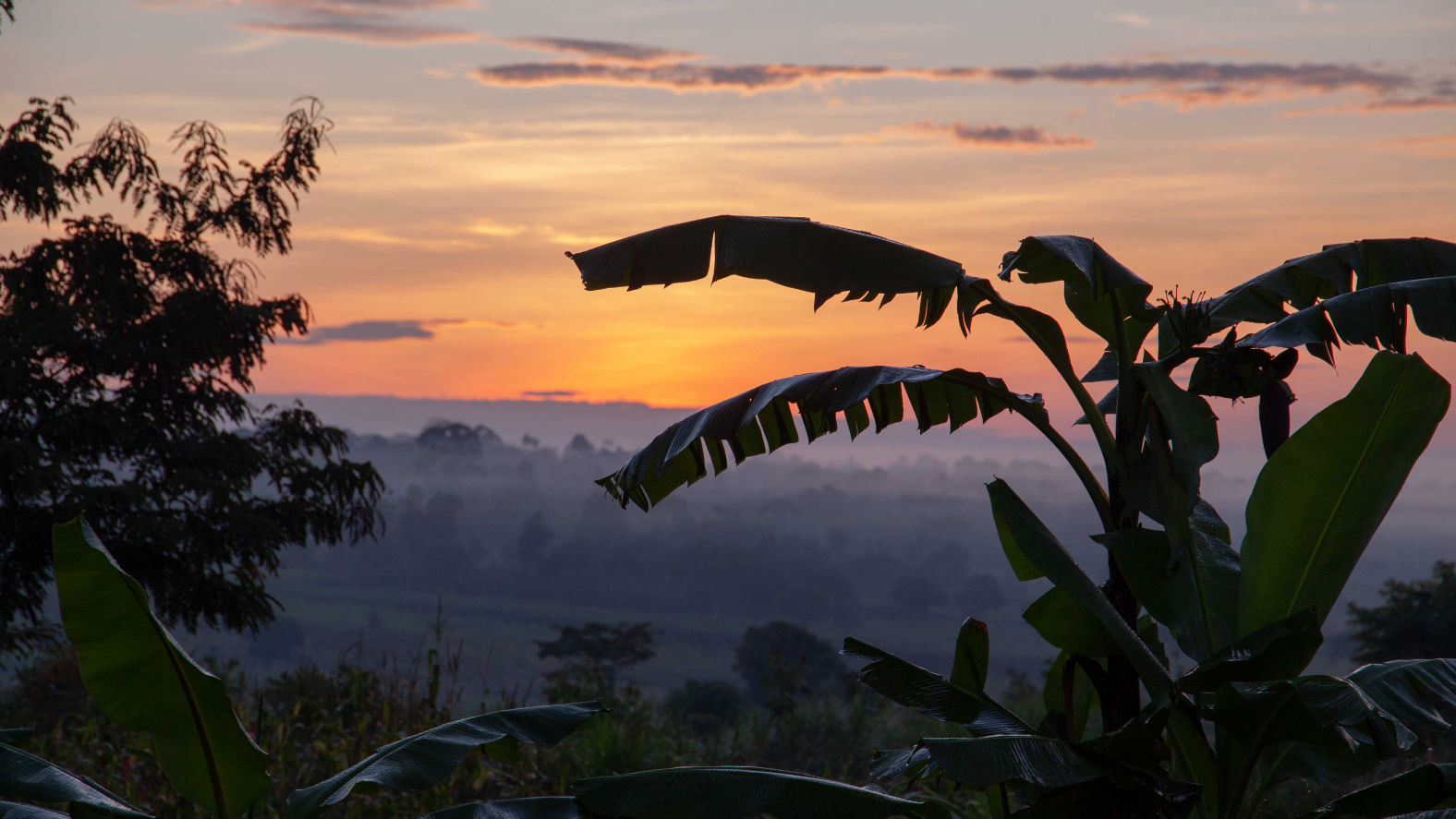
Natural light is one of the most powerful tools for creating high-quality videos. Whether you're a creative brand, sustainable business, or charity, harnessing natural light can enhance your visuals and cut down production costs. Natural light is a fundamental aspect of cinematography, significantly influencing the mood and atmosphere of a scene. At Munjiri Videos, we believe that great videos don't always require expensive gear, sometimes, all you need is the light around you.
In this guide, we'll walk you through how to use natural light in your video production to create stunning, professional-looking content without breaking the bank.

Natural light isn't just free, it's also incredibly versatile. It creates soft, authentic visuals that resonate with your audience.
Here’s why natural light works so well:
It gives your videos an authentic, down-to-earth feel.
It's perfect for showcasing products, interviews, and behind-the-scenes content.
It helps people feel more comfortable on camera without harsh artificial lighting.
Now, let's dive into some actionable tips on how to use natural light for your video shoots.
Timing is everything when working with natural light. The best times to shoot are during Golden Hour, just after sunrise or before sunset. The light during these times is soft, warm, and perfect for capturing dreamy visuals.
Pro Tip: Use Golden Hour for outdoor shoots or to create beautiful backlighting effects.
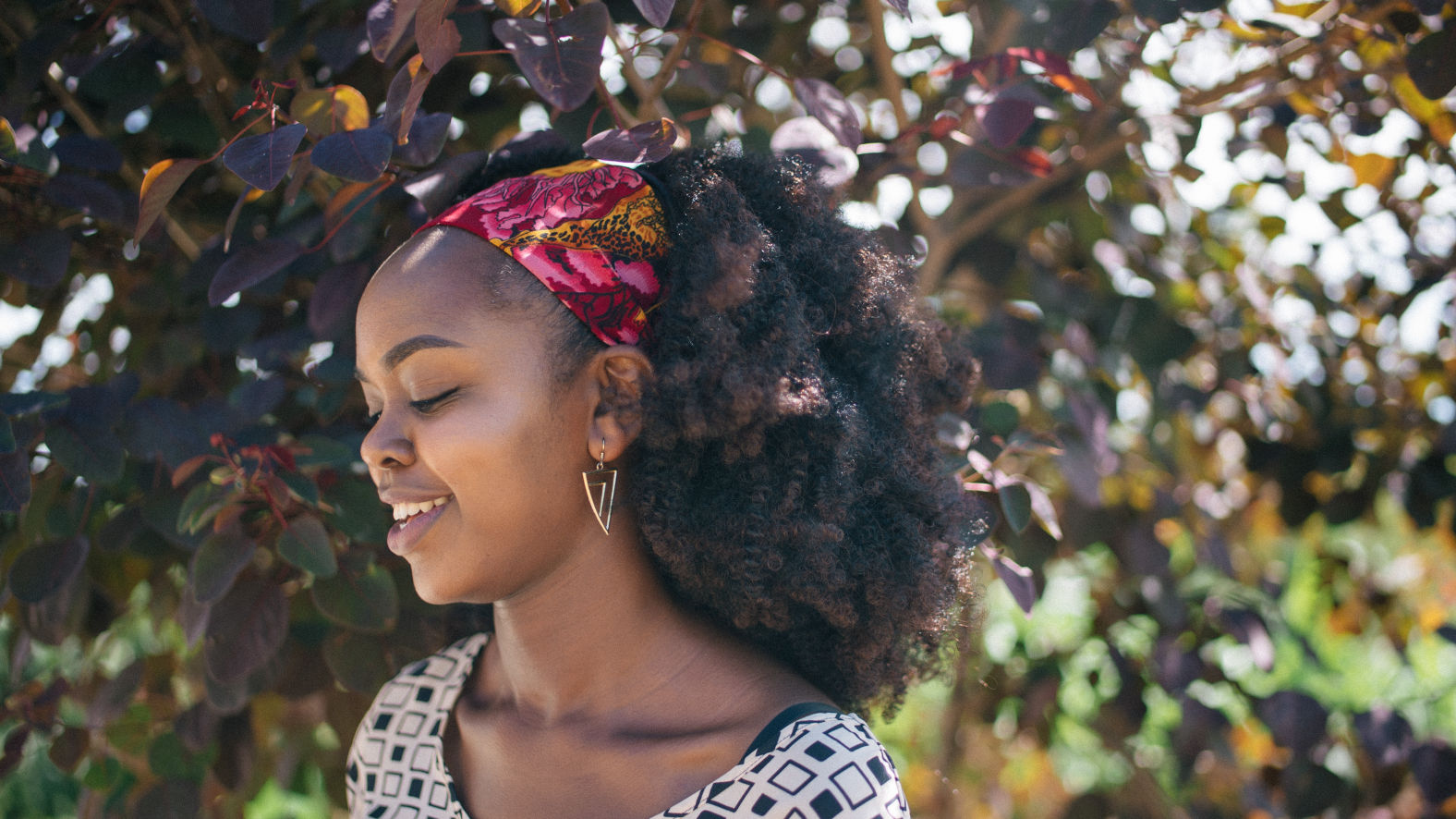
Direct sunlight can create harsh shadows and make your subjects squint. Instead, look for open shade, a shaded area illuminated by reflected light. This creates soft, even lighting without harsh shadows.
Examples of open shade locations:
Under trees
Building awnings
Covered pathways
When filming indoors, window light is your best friend. Position your subject facing the window to get soft, natural lighting on their face. If you're looking for more drama, place your subject to the side of the window for moodier shadows.
Pro Tip: Avoid putting your subject directly in front of the window, or you'll end up with a silhouette effect.
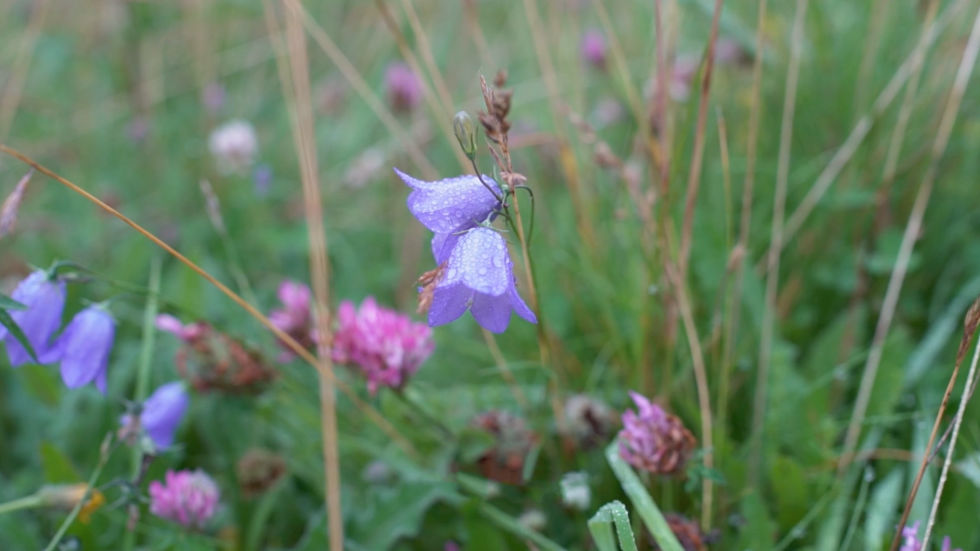
Don't cancel your shoot just because it's cloudy! Overcast skies create diffused, even lighting that eliminates harsh shadows and makes colors pop.
If the footage looks a little flat, you can always add contrast in post-production.
A simple reflector can bounce sunlight onto your subject, helping to fill in shadows and create a balanced image.
You don't need expensive gear, try using:
White foam boards
Mirrors
Light-colored walls
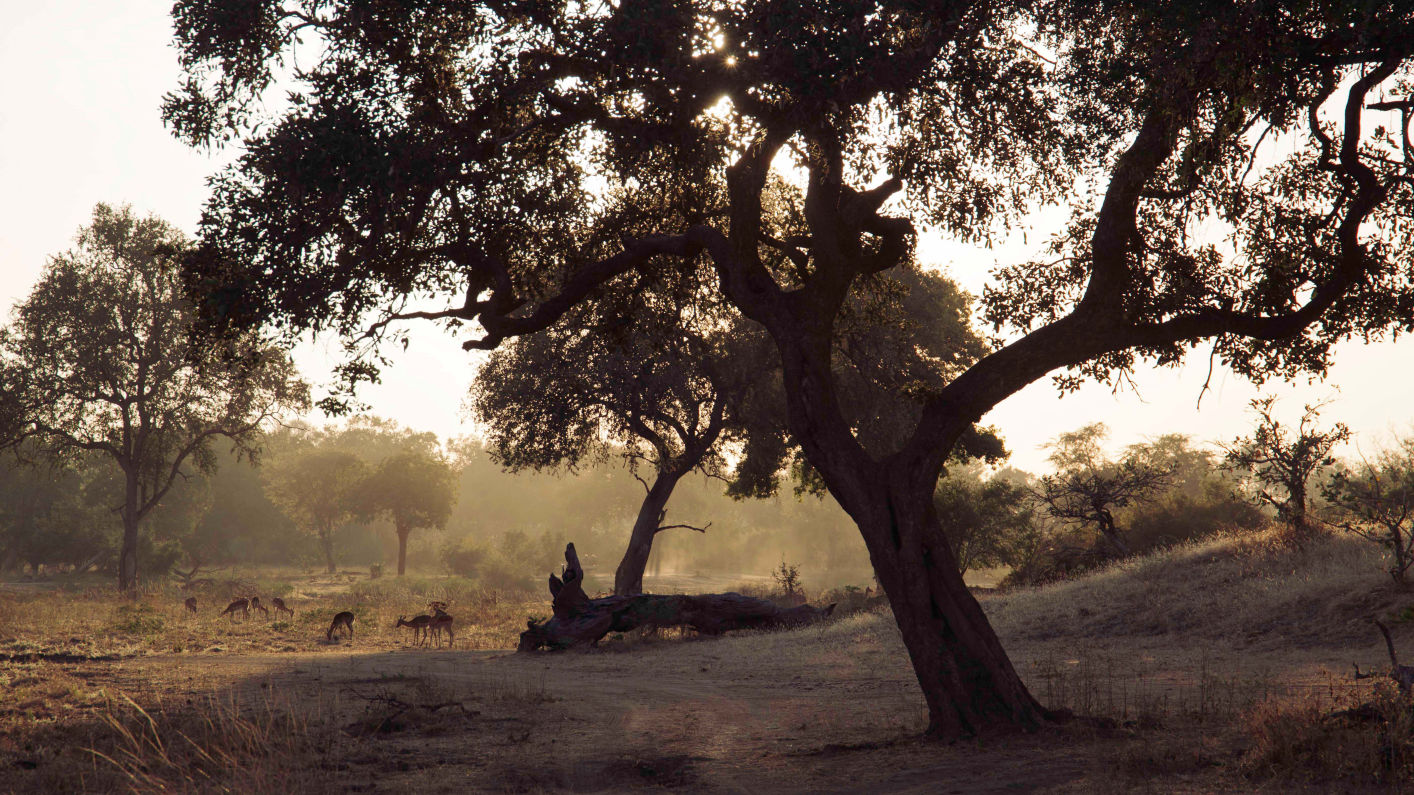
Backlighting adds depth and creates a stunning visual effect. Position the sun behind your subject to create a natural glow or silhouette.
Pro Tip: Hide the sun directly behind your subject's head to prevent overexposure and add a soft halo effect.
If you're shooting at night or in a room without windows, you can recreate natural light using everyday items.
Here's how:
Hang a white bedsheet where you want the light to come from.
Place powerful LED lights behind the sheet to diffuse the light.
Adjust the lights until you get soft, even lighting across your frame.
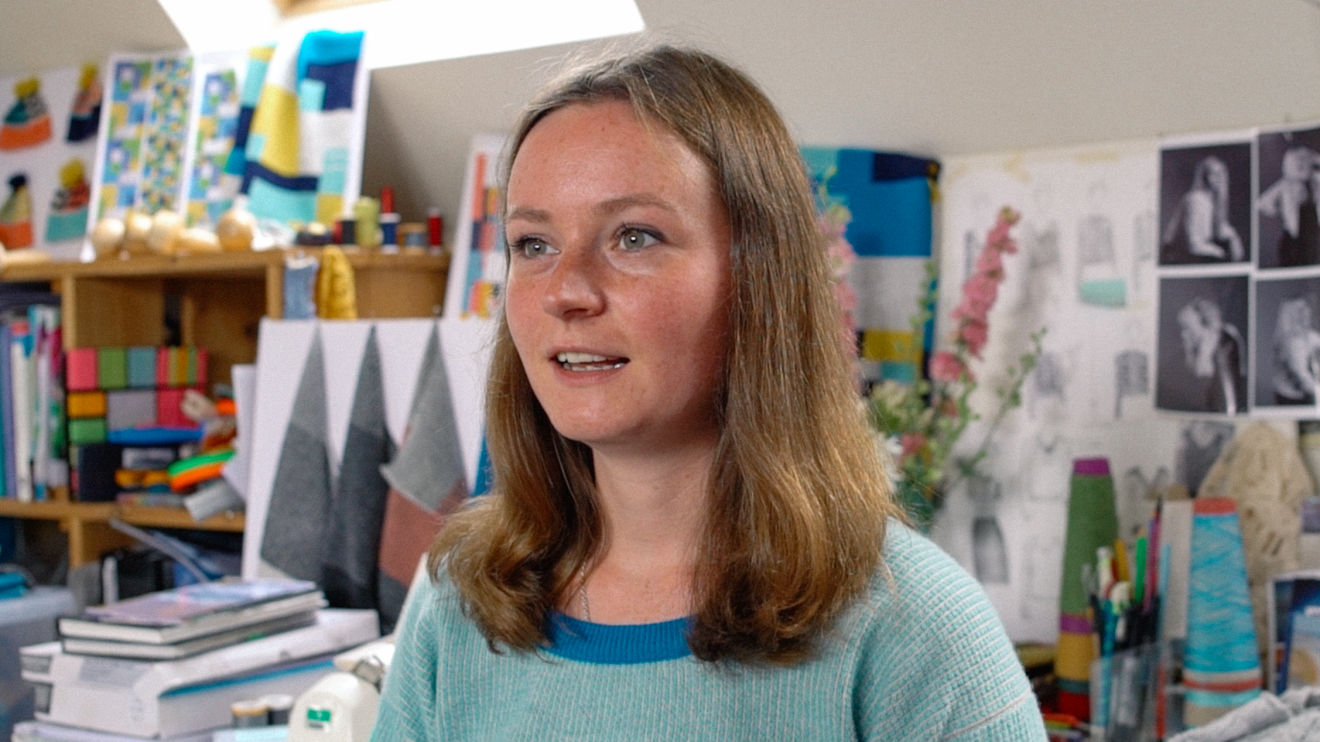
Need more light in your scene? Try these simple tricks:
Use reflectors to bounce light into darker areas.
Choose light-colored furniture and decor to reflect more light.
Add mirrors to reflect sunlight into your shot.
Shoot in rooms with large windows or skylights.
Working with natural light requires careful preparation. Plan your shoot around the best times of day, scout your location for light sources, and always have backup locations in mind in case the weather changes.
Create a shot list and schedule to make the most of the available light.
1. What is the best time to film using natural light?
The best time to film is during Golden Hour, just after sunrise or before sunset, when the light is soft and warm.
2. How do I avoid harsh shadows when filming outside?
Look for open shade or use a reflector to bounce light onto your subject.
3. Can I use natural light indoors?
Yes! Use window light to create soft, flattering lighting indoors.
4. What’s the best way to diffuse sunlight?
Use sheer curtains, white sheets, or reflectors to soften sunlight.
5. What equipment do I need to work with natural light?
A simple reflector, white foam board, and your camera are all you need!
Natural light is one of the easiest, most affordable ways to create professional-looking videos. Whether you're shooting a documentary, product video, or social media reel, mastering natural light can take your visuals to the next level.
At Munjiri Videos, we're passionate about helping purpose-driven brands tell their stories through impactful videos. If you'd like help planning your next video shoot, get in touch with us today!